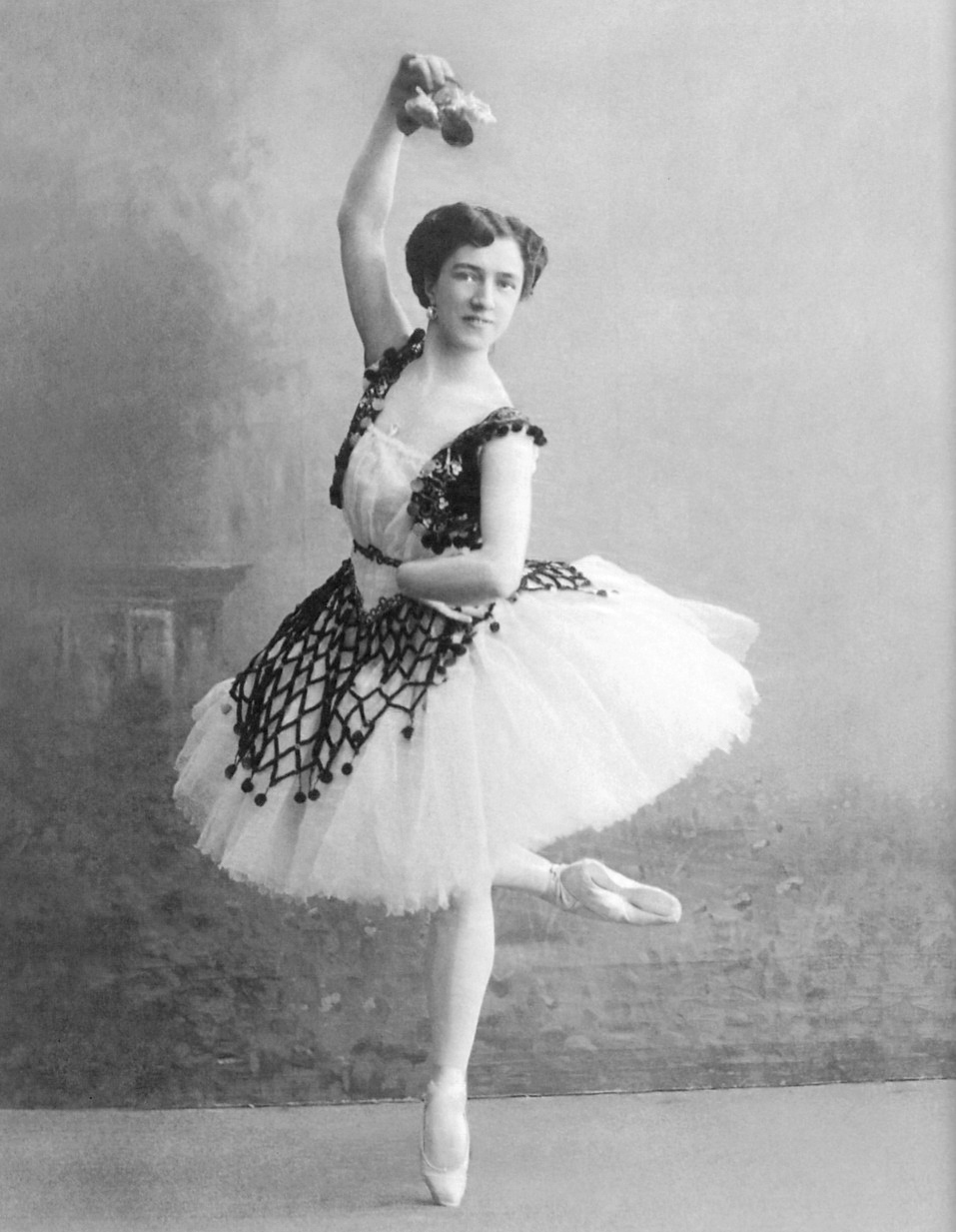Vaganova method on:
[Wikipedia]
[Google]
[Amazon]
 The Vaganova method is a
The Vaganova method is a
About the Vaganova Syllabus
The first level of Vaganova Ballet Syllabus (Seda Ayvazoglu)
{{Ballet Ballet training methods
 The Vaganova method is a
The Vaganova method is a ballet technique
Ballet technique is the foundational principles of body movement and form used in ballet. It is an important aspect of ballet performance because ballet (especially classical ballet) puts great emphasis on the method and execution of movement., pp. ...
and training system devised by the Russian dancer and pedagogue Agrippina Vaganova (1879–1951). It was derived from the teachings of the ''Premier Maître de Ballet'' Marius Petipa
Marius Ivanovich Petipa (; born Victor Marius Alphonse Petipa; 11 March 1818) was a French and Russian ballet dancer, pedagogue and choreographer. He is considered one of the most influential ballet masters and choreographers in ballet history ...
, throughout the late 19th century. It was Agrippa Vaganova who perfected and cultivated this form of teaching classical ballet
Classical ballet is any of the traditional, formal styles of ballet that exclusively employ classical ballet technique. It is known for its aesthetics and rigorous technique (such as en pointe, pointe work, turnout (ballet), turnout of the legs, ...
and turned it into a viable syllabus. The method fuses elements of traditional French style from the romantic era with the athleticism and virtuosity of Italian Cecchetti technique.
The training system is designed to involve the whole body in every movement, with equal attention paid to the upper body, legs and feet. Vaganova believed that this approach increases consciousness of the body, thus creating a harmony of movement and greater expressive range.
History
Upon graduating from the Imperial Ballet School inSaint Petersburg
Saint Petersburg, formerly known as Petrograd and later Leningrad, is the List of cities and towns in Russia by population, second-largest city in Russia after Moscow. It is situated on the Neva, River Neva, at the head of the Gulf of Finland ...
in 1897, Agrippina Vaganova began dancing with the school's associated professional company, the Imperial Russian Ballet. She retired from dancing in 1916 to pursue a teaching career and in 1921 returned as a teacher at the school, which had been renamed the Leningrad Choreographic School.
During the 30 years she spent teaching at the Leningrad Choreographic School, Vaganova developed a ballet technique that combined elements of French, Italian, and earlier Russian technique, and a training method to teach the technique. Tenets of the training method included development of lower back strength and arm plasticity, and the strength, flexibility and endurance required for ballet, and it incorporated a detailed instruction process that specified when to teach each topic and how long to teach it. In 1934, Vaganova wrote ''Fundamentals of the Classical Dance'', which remains a standard textbook for the instruction of ballet technique. In 1948, Vaganova authored a book titled ''The Foundation For Dance'' (more commonly known as ''Basic Principles of Russian Classical Dance'') that outlined her training method and ballet technique. Following Vaganova's death in 1951, her teaching method was preserved by instructors such as Vera Volkova, and Vera Kostrovitskaya.
Today the Vaganova method is the most widely used ballet teaching method in Russia
Russia, or the Russian Federation, is a country spanning Eastern Europe and North Asia. It is the list of countries and dependencies by area, largest country in the world, and extends across Time in Russia, eleven time zones, sharing Borders ...
, but is not limited to that country. It has been the predominant method in many other countries, such as Ukraine, Germany, and China. The State Ballet School of Berlin is the most well-known school using the Vaganova method outside Russia. There is a growing trend among American ballet schools to adopt the Vaganova method.https://repository.tcu.edu/bitstream/handle/116099117/59361/Russell__Ashley-Honors_Project.PDF_A.pdf. Retrieved 2024-02-05.
Criticism
One criticism is that it overemphasizes perfection of physical conditioning.References
External links
*About the Vaganova Syllabus
The first level of Vaganova Ballet Syllabus (Seda Ayvazoglu)
{{Ballet Ballet training methods